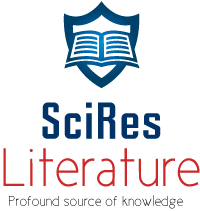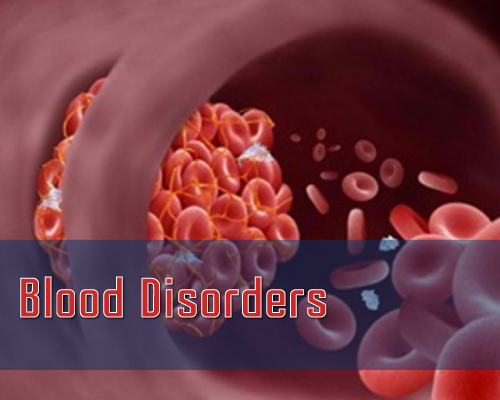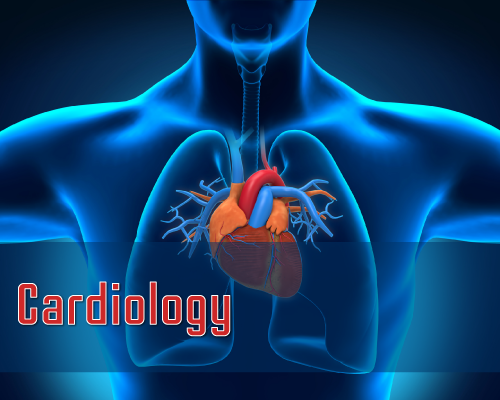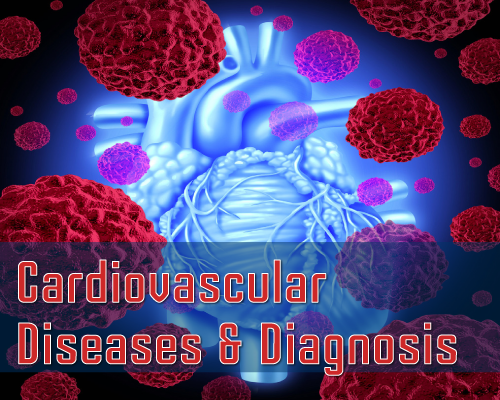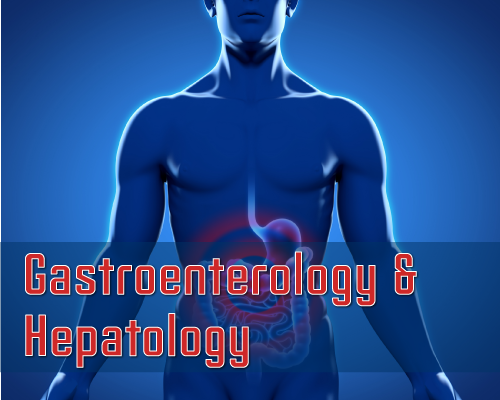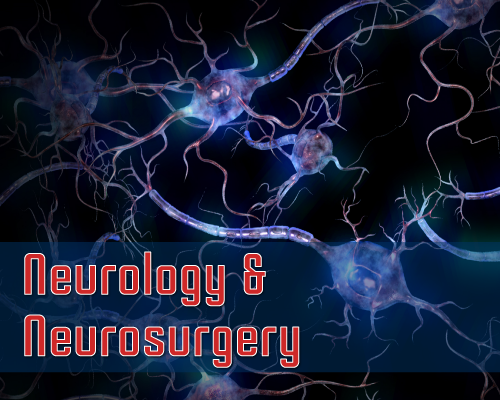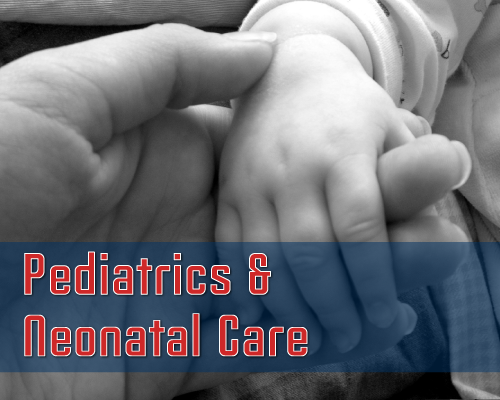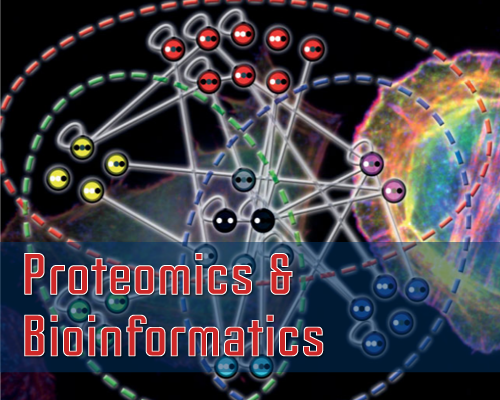Volume 1 Issue 1
Review Article: Function of Air Sac between Symphalangus syndactylus and Hylobates klosii: Comparative Study on Dynamics of Fundamental Frequency (F0) and Frequency of Formant (F0-Fmax) within Vocalization
Dwi Atmoko Agung Nugroho*
In the course of research on the function of air sac on vocalization, this study offers a comparative method between two species of non-human primate that have kinship closeness. The method adopted is to compare the dynamics of the fundamental frequency (F0) and the distance between the fundamental frequency to the frequency of formant maximum (F0-Fmax) vocals on the species Symphalangus syndactylus and species Hylobates klosii with the analysis of the sonogram using audio software Cool Edit Pro V2 in Blackman-Harris scale, descriptive statistics, and one way ANOVA by SPSS 17 software, graphical analysis with MS WORD 2010. The results of graphic analysis shows two things: First, the pitch of S.syndactylus more dynamic that is preceded by a low tone at the beginning and then riding on the pre-trill and first trill, decreased in the second trill, slightly up in the third trill, and dropped back on the fourth trill, again rising with the highest tone on the fifth trill. While the tone pattern (pitch) H.klosii tend to be more monotonous. Second, the vocal of S.syndactylus maximum resonating at the pre-trill and first trill while H.klosii maximum resonating at the sixth trill. Conclusions obtained is that graphical analysis of the fundamental frequency dynamics difference (F0) between Symphalangus syndactylus and Hylobates klosii can explain the function of Symphalangus syndactylus's air sac as a means of shaping the tone or song patterns. Graphical analysis of the difference in the dynamics of the distance between the fundamental frequency to the maximum formant frequency (F0-Fmax) between Symphalangus syndactylus and Hylobates klosii can explain the function of the Symphalangus syndactylus's air sac as a resonance production tool at the initial notes of a song.
Cite this Article: Agung Nugroho DA. Function of Air Sac between Symphalangus syndactylus and Hylobates klosii: Comparative Study on Dynamics of Fundamental Frequency (F0) and Frequency of Formant (F0-Fmax) within Vocalization. Int J Primatol Res. 2017;1(1): 010-014.
Published: 01 December 2017
Research Article: Effects of Anesthesia on Hyperglycemic and Insulinotropic Responses to Intravenous Glucose and Mixed Meal Tolerance Tests in Cynomolgus Monkeys with Naturally Occurring Diabetes
Gao Sun*, Xiaoli Wang, Yongqiang Liu, Bingdi Wang, Guofeng Sun, Keefe Chng, Yong-Fu Xiao and Yi-Xin (Jim) Wang
Intravenous Glucose (ivGTT) and Mixed Meal (MMTT) tolerance tests are commonly used to evaluate glucose homeostasis in both human and laboratory animals. Similar to that in type 2 diabetic (T2D) patients, we used these tests to have demonstrated abnormal glucose control in Non-Human Primate (NHP) model of spontaneously developed diabetes, a translatable model commonly used for assessing anti-diabetic therapeutics. However, the effects of anesthesia on glucose or hormonal responses during these tests are not known. The aim of the present study was to examine the impact of anesthesia on metabolic and hormonal responses to ivGTT (n = 5) and MMTT (n = 10) in male cynomolgus monkeys with naturally occurring diabetes and their normoglycemic controls in the presence or absence of ketamine (5mg/ kg) anesthesia when glucose, insulin, entero-gastric hormones, adipokines and inflammatory cytokines were measured. Diabetic NHPs developed impaired glucose tolerance in both ivGTT and MMTT. During ivGTT, anesthesia enhanced insulin response accompanied by an increase in glucose clearance rate only in the control but not diabetic NHPs. In contrast, during MMTT, anesthesia appeared to reduce the glucose response in the control NHPs accompanied by reductions in serum levels in GIP, leptin, resistin, visfatin, IL-6 and MCP-1. These data demonstrated that both ivGTT and MMTT can serve as a powerful tool to accurately examine glucose homeostasis in the progression of diabetes in the NHP model. Anesthesia may impact the degree of these tests differently in diabetic and normoglycemic NHPs.
Cite this Article: Sun G, Wang X, Liu Y, Wang B, Sun G, et al. Effects of Anesthesia on Hyperglycemic and Insulinotropic Responses to Intravenous Glucose and Mixed Meal Tolerance Tests in Cynomolgus Monkeys with Naturally Occurring Diabetes. Int J Primatol Res. 2017;1(1): 001-009.
Published: 13 September 2017
Authors submit all Proposals and manuscripts via Electronic Form!
